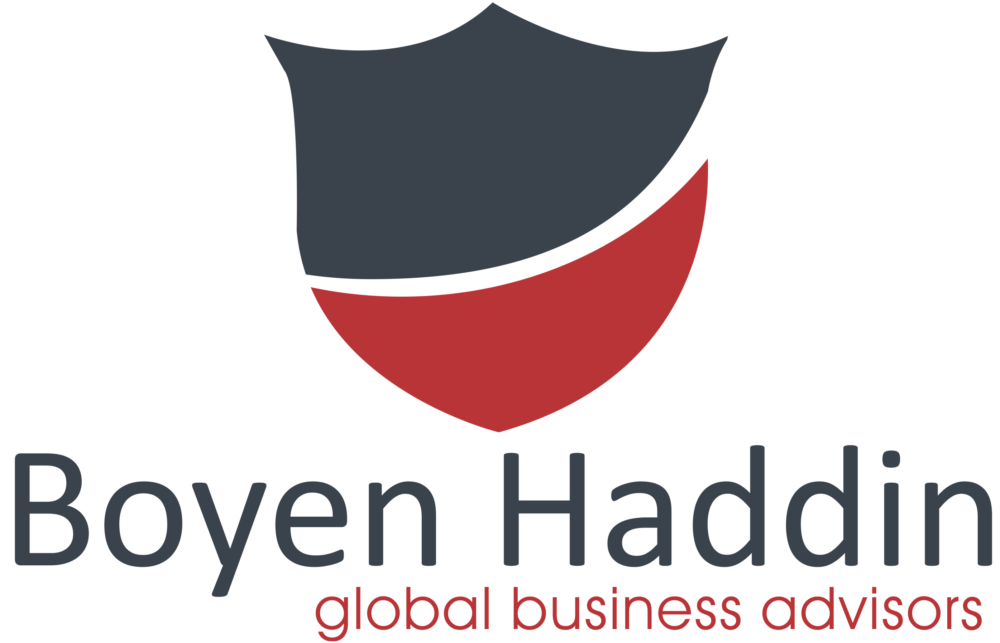Building High Performing Team
In today’s dynamic and ever-changing environment, the significance of building high-performing teams has reached unparalleled levels. The past couple of years have presented immense challenges for organizations and leaders alike, as they grappled with navigating a global pandemic, coping with persistent supply-chain disruptions, and combating escalating talent attrition in the job market. But building a high-performing team is a crucial aspect of organizational success. A high-performing team possesses the skills, motivation, and collaboration necessary to achieve exceptional results.
However, building a high-performing team entails more than merely bringing highly talented individuals. It necessitates deliberate efforts in fostering the growth and cultivation of crucial qualities, behaviors, and optimal approaches. In this article, we will explore effective strategies for building and nurturing high-performing teams that can drive innovation, productivity, and overall performance.
Creating Solid Foundation:
- Defining the Purpose: Defining clear team goals and objectives
- The significance of setting SMART (Specific, Measurable, Achievable, Relevant, Time-bound) goals
- Aligning team goals with organizational objectives for enhanced focus and motivation
- Diversity and Inclusion: Building a well-rounded team
- Identifying the necessary skill sets and expertise required for the team
- The importance of diversity in perspectives, experiences, and backgrounds
- Strategies for fostering inclusivity and managing diverse teams effectively
- Establishing Trust and Psychological Safety
- Building trust through open communication, transparency, and vulnerability
- The role of psychological safety in promoting innovation, risk-taking, and collaboration
- Practical techniques to cultivate trust and psychological safety within the team
Effective Team Dynamics:
- Communication and Collaboration: Creating an Environment of open dialogue
- The impact of effective communication on team productivity and cohesion
- Techniques for promoting active listening, constructive feedback, and healthy conflict resolution
- Utilizing technology tools for seamless communication and collaboration
- Roles and Responsibilities: Clarifying individual roles and fostering accountability
- Defining clear roles, responsibilities, and expectations within the team
- Strategies for promoting accountability and avoiding role ambiguity
- The importance of recognizing and leveraging individual strengths
- Building Relationships and Team Bonding
- Promoting social connections and fostering a positive team culture
- Team-building activities and initiatives to enhance camaraderie and collaboration
- Recognizing and celebrating team achievements
Leadership and Support
- Transformational Leadership: Inspiring and motivating the team
- The characteristics of transformational leaders and their impact on team performance
- Techniques for providing vision, empowerment, and mentorship to team members
- Strategies for fostering a culture of continuous learning and growth
- Resource Allocation and Support
- Providing necessary resources, tools, and training to enable team success
- Identifying and addressing potential barriers or constraints to team performance
- Balancing workload and ensuring a healthy work-life balance for team members
- Recognition and Reward Systems
- Implementing effective recognition and reward programs to motivate and incentivize the team
- Different approaches to acknowledging individual and team achievements
- The Role of non-monetary Rewards in Fostering a positive work environment
Building a high-performing team requires deliberate effort and a focus on key principles such as goal alignment, trust, effective communication, and strong leadership. By implementing the strategies outlined in this article, organizations can foster an environment conducive to high performance, resulting in exceptional outcomes, employee satisfaction, and sustained success. Remember, building a high-performing team is an ongoing process that requires continuous evaluation, adjustment, and investment in its members.


